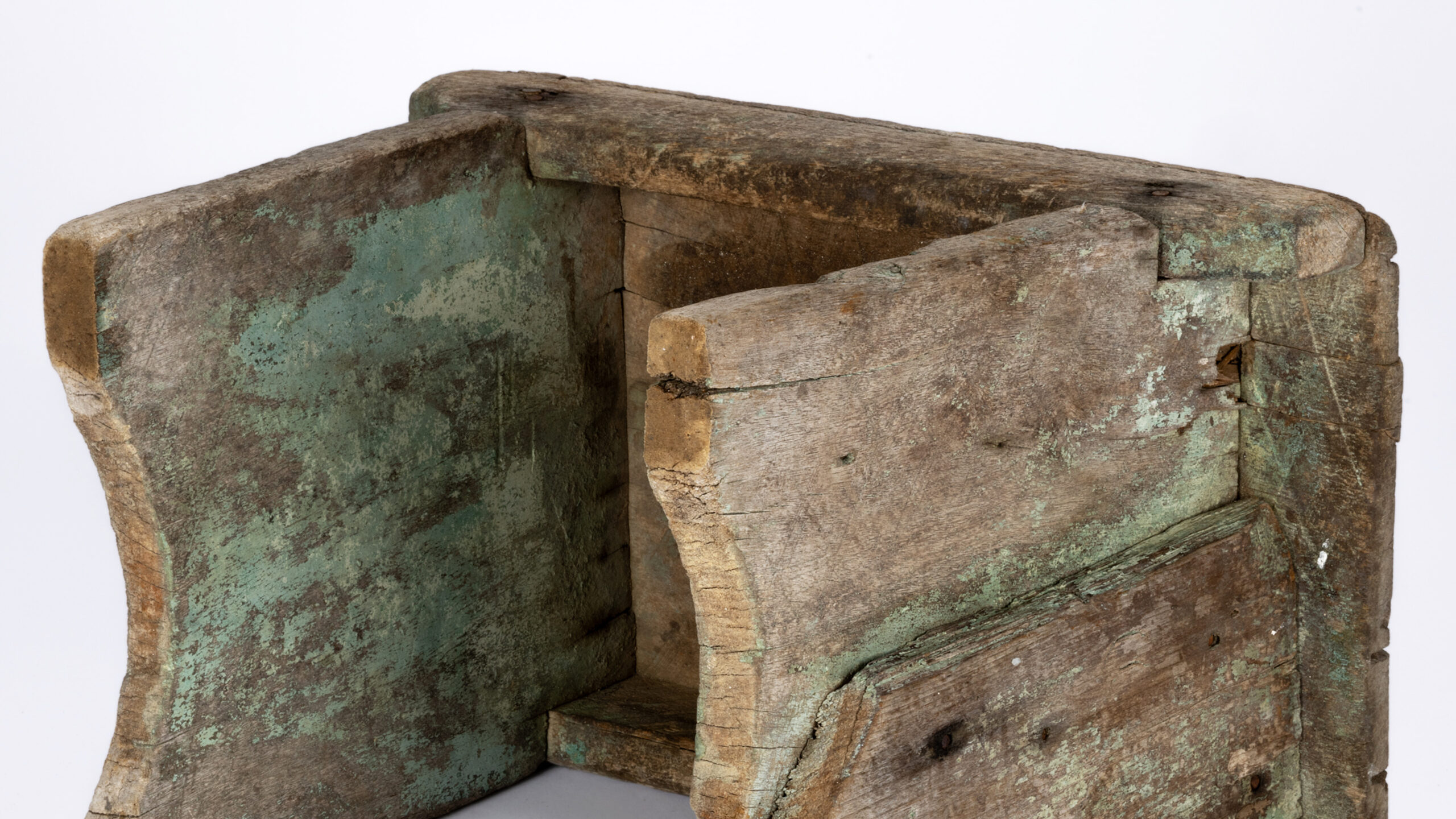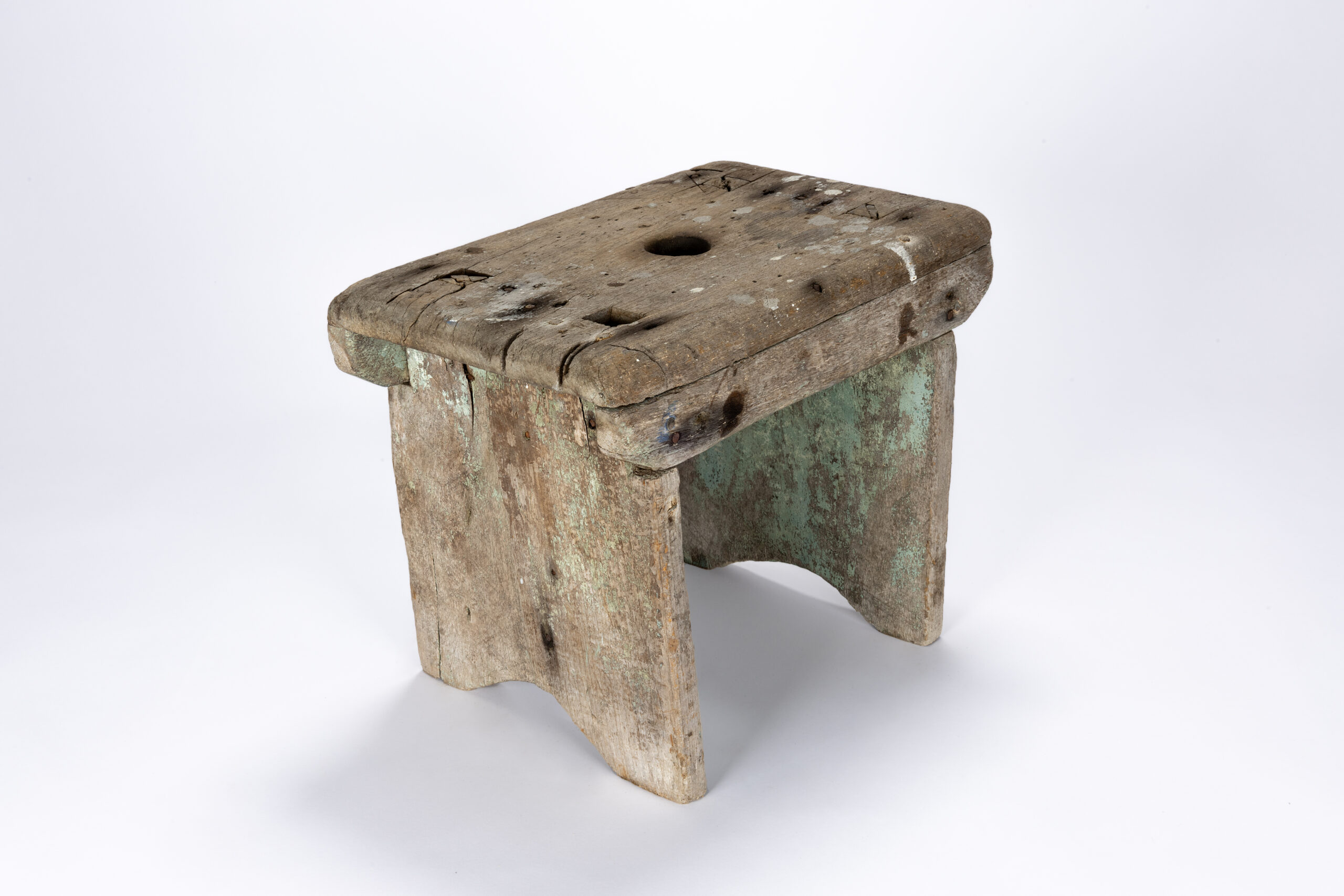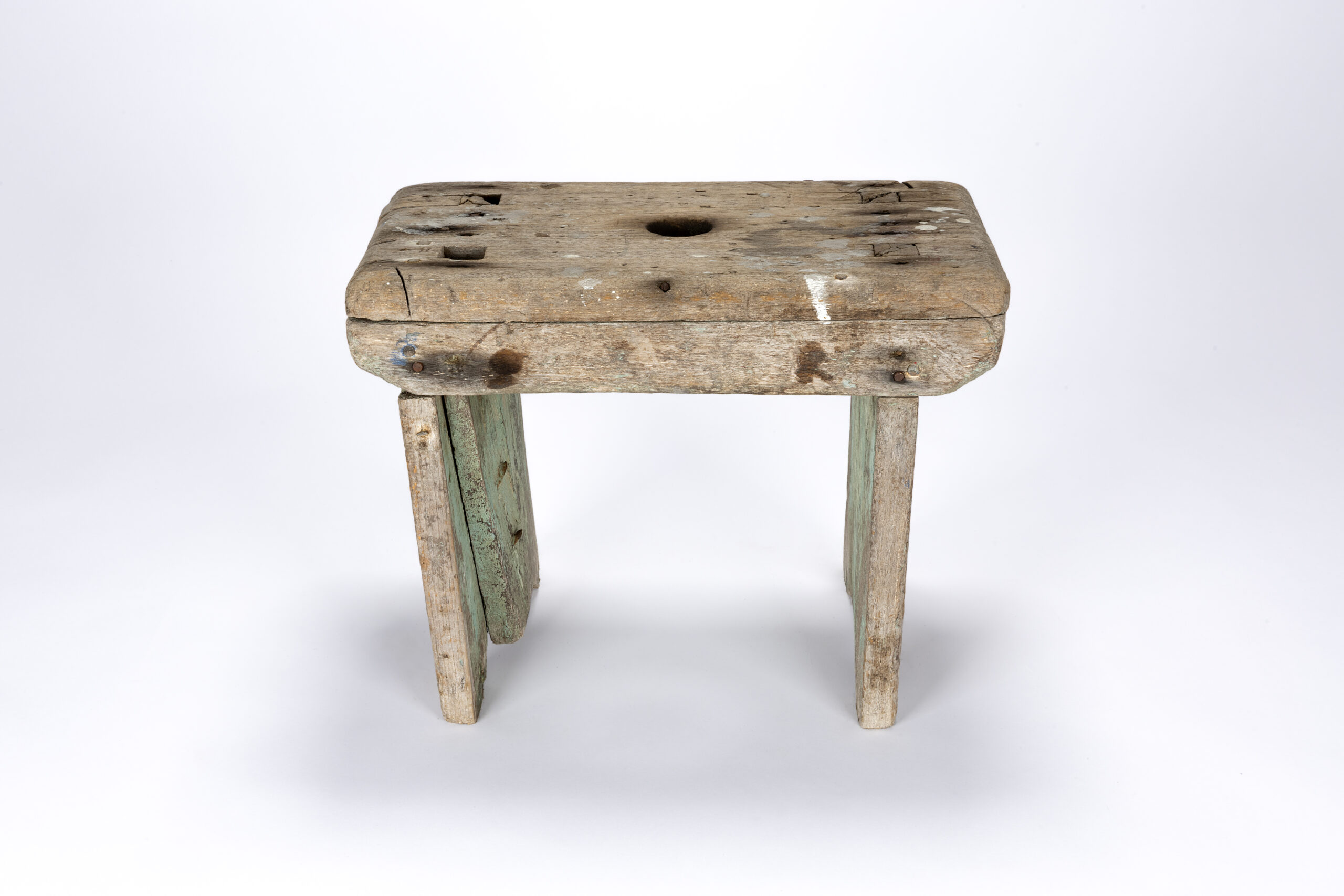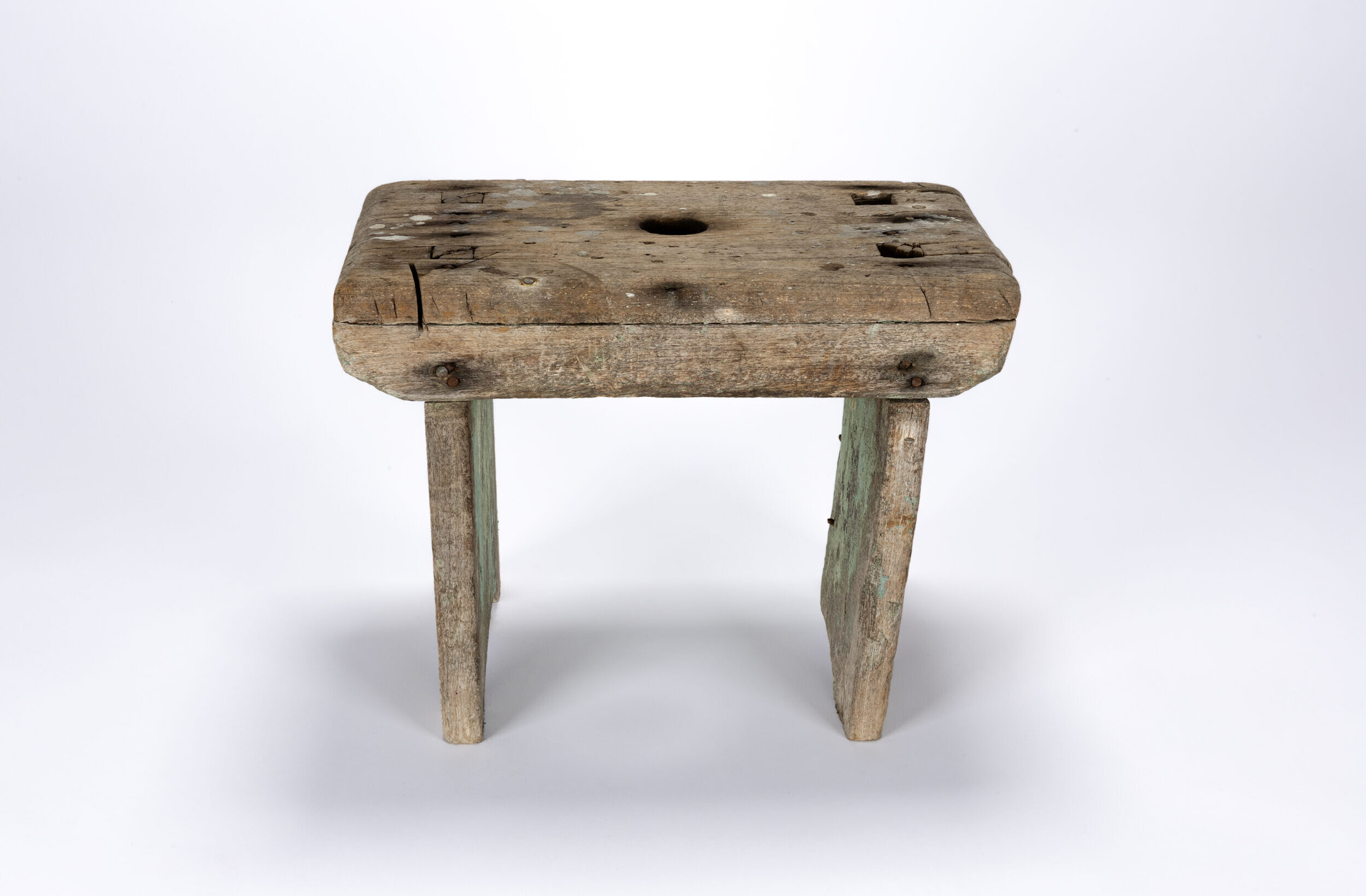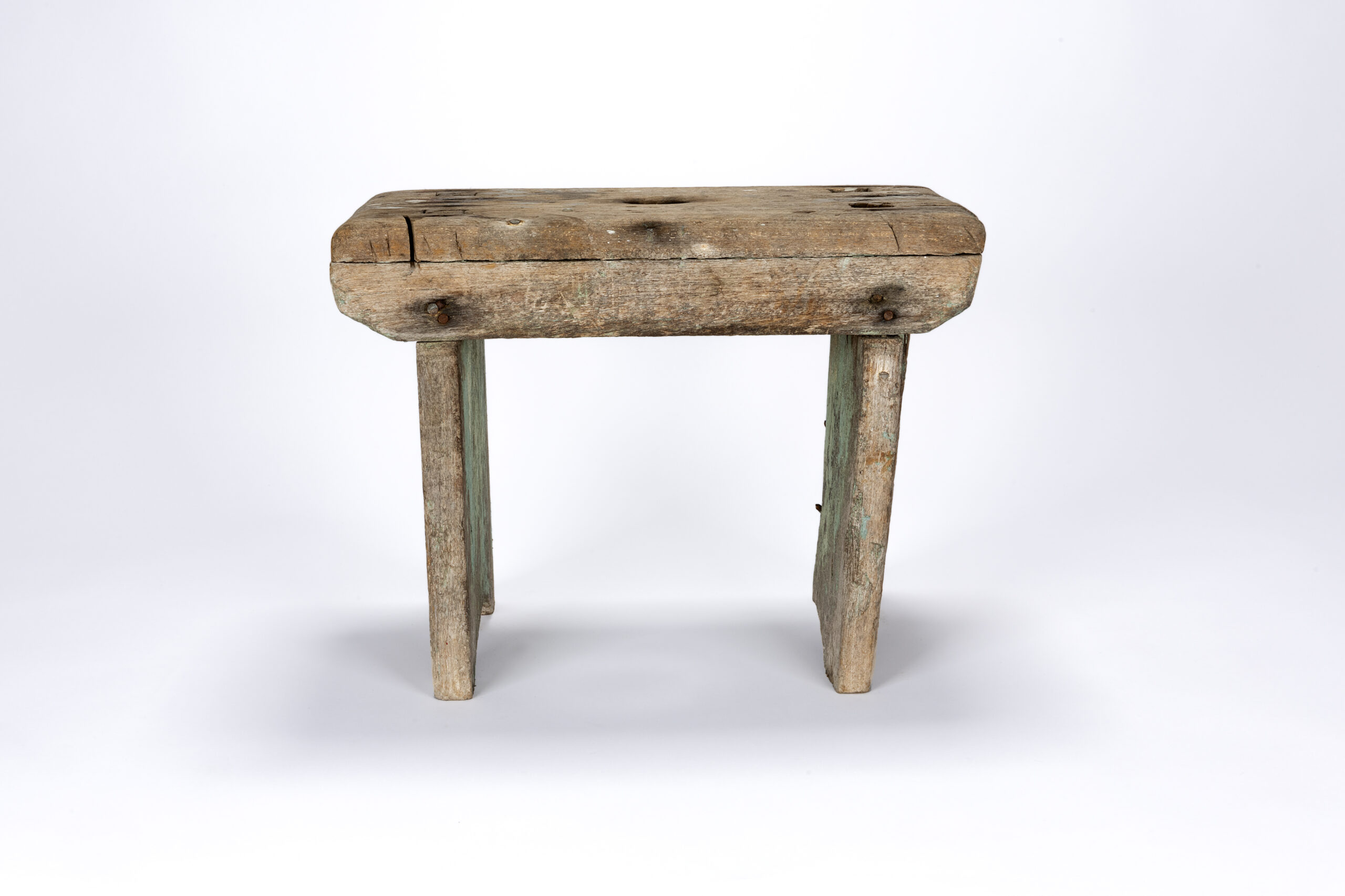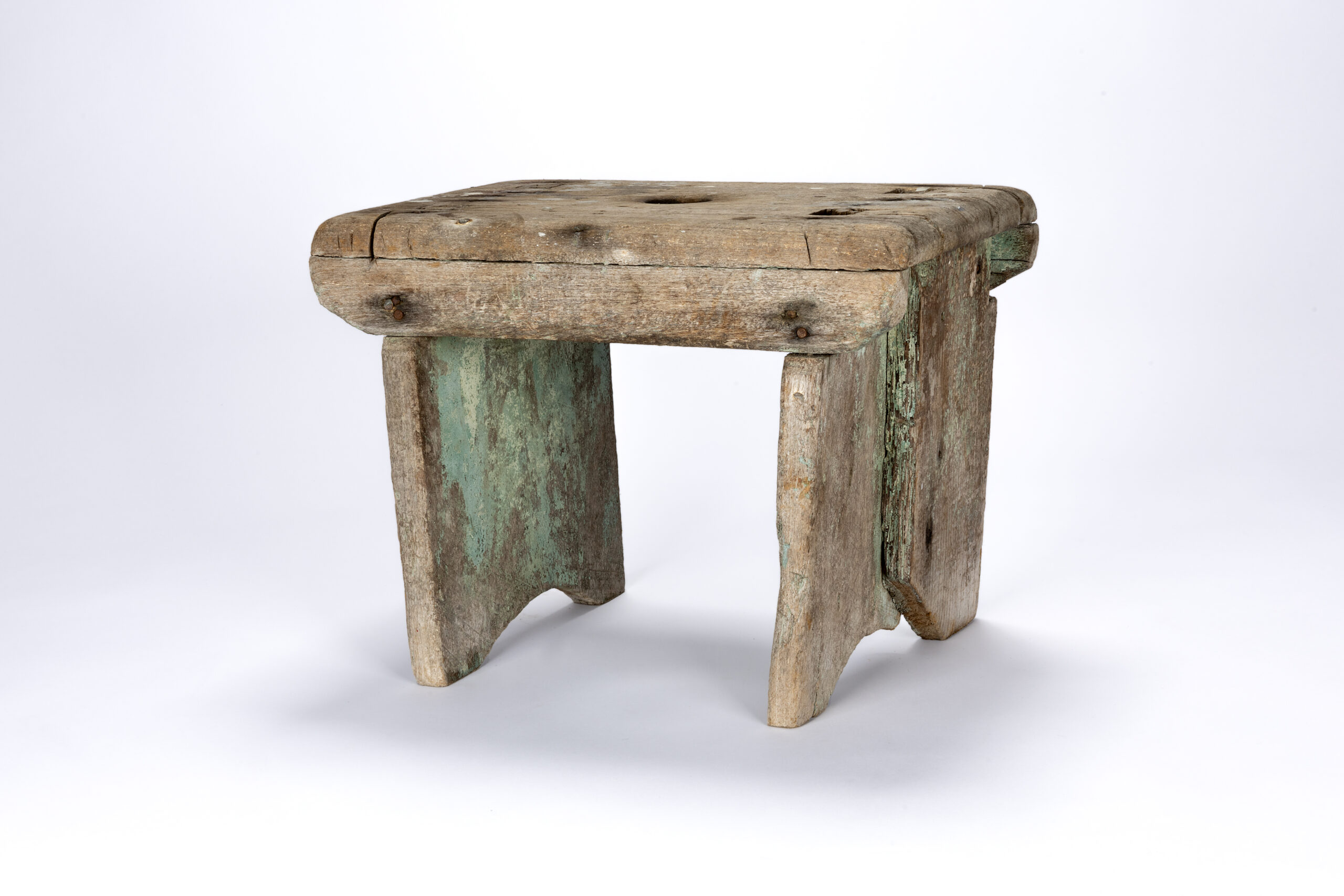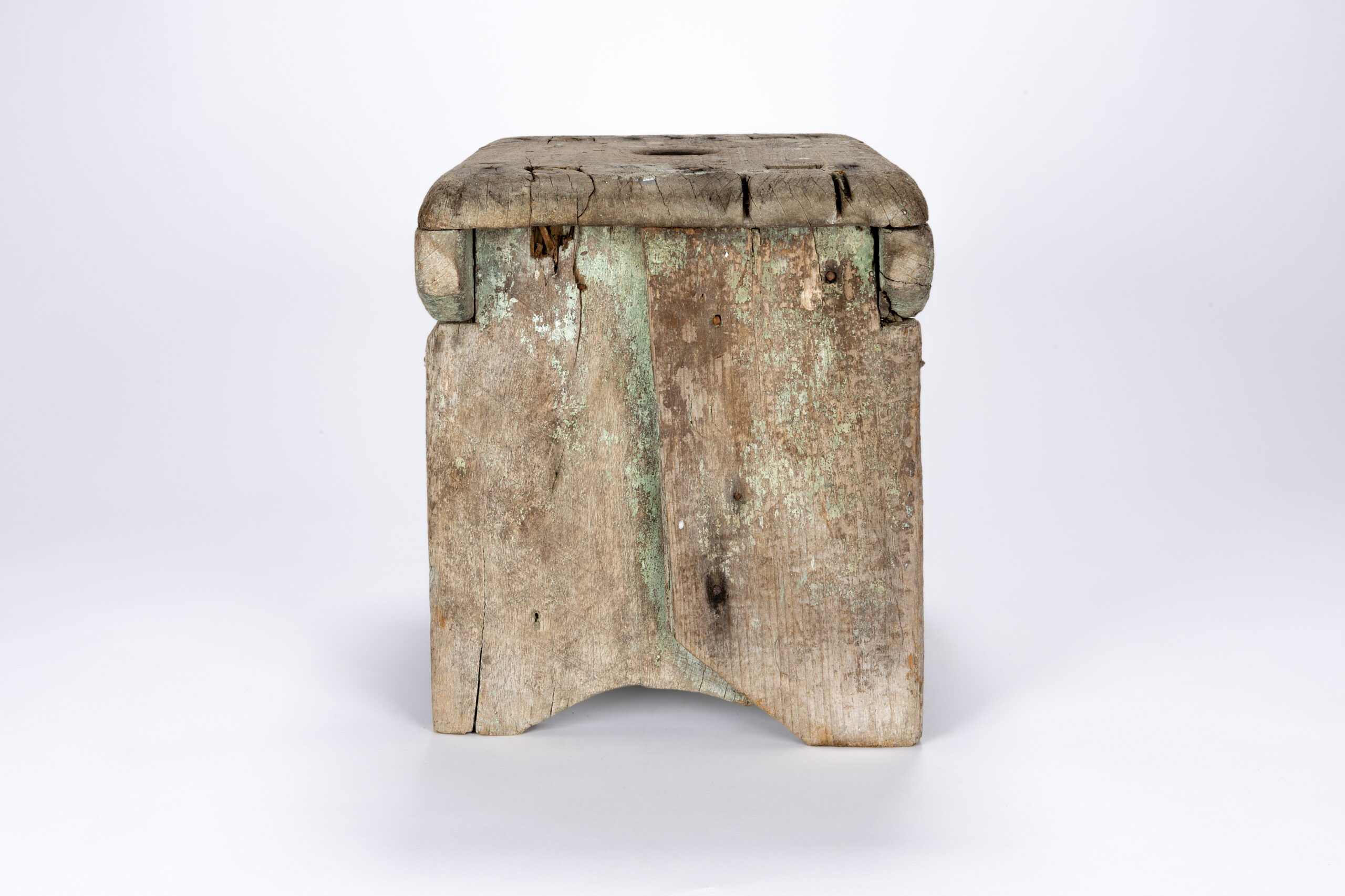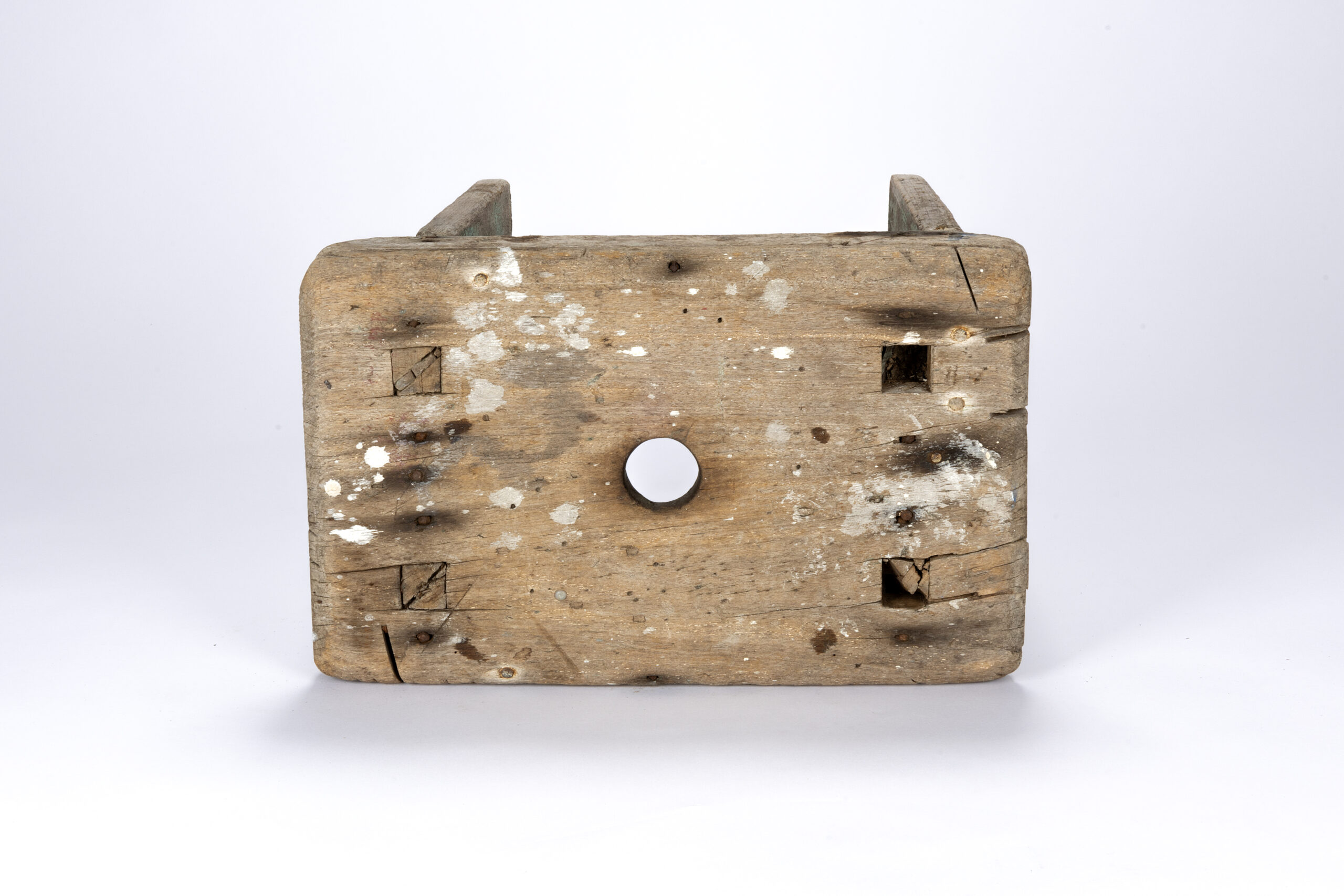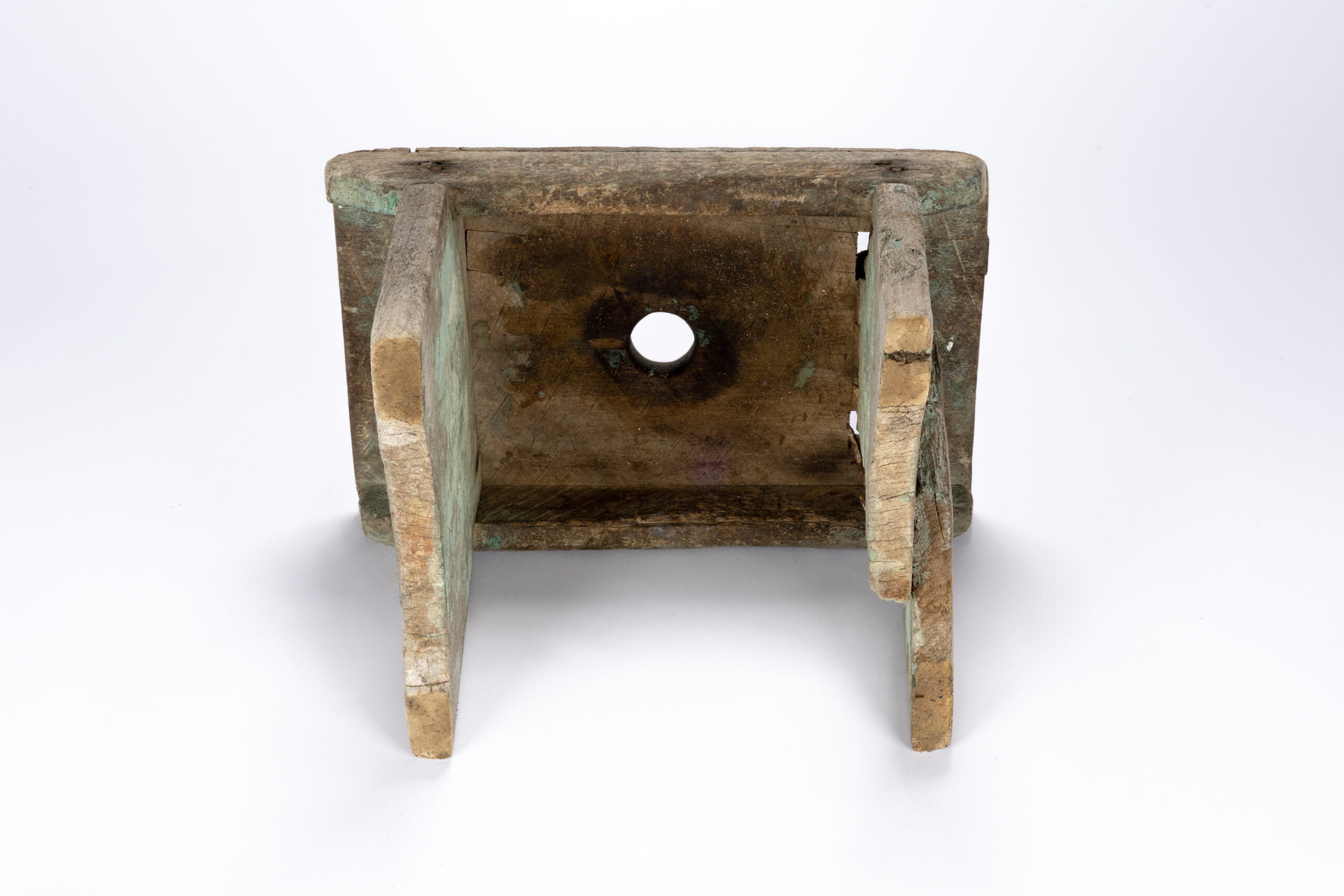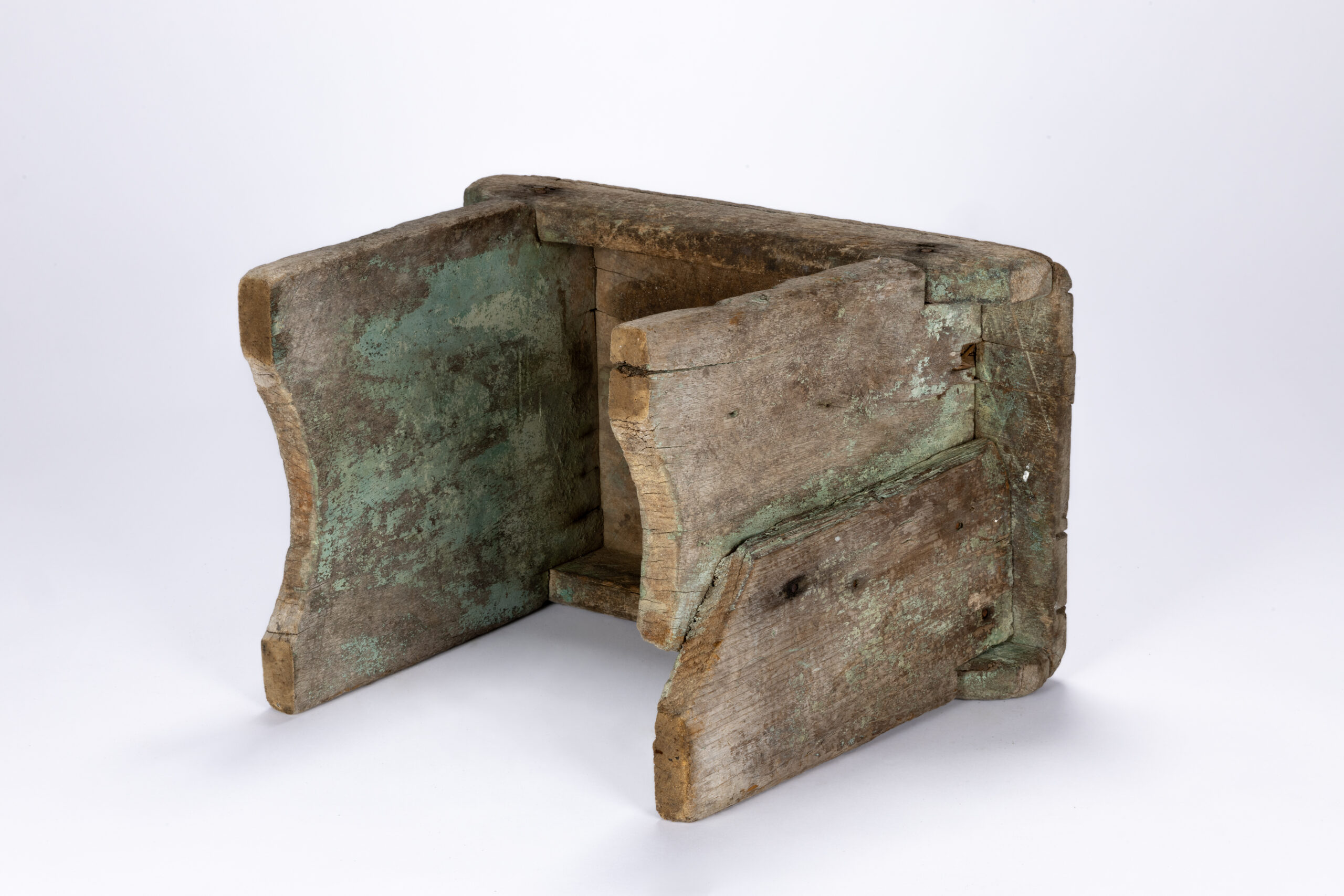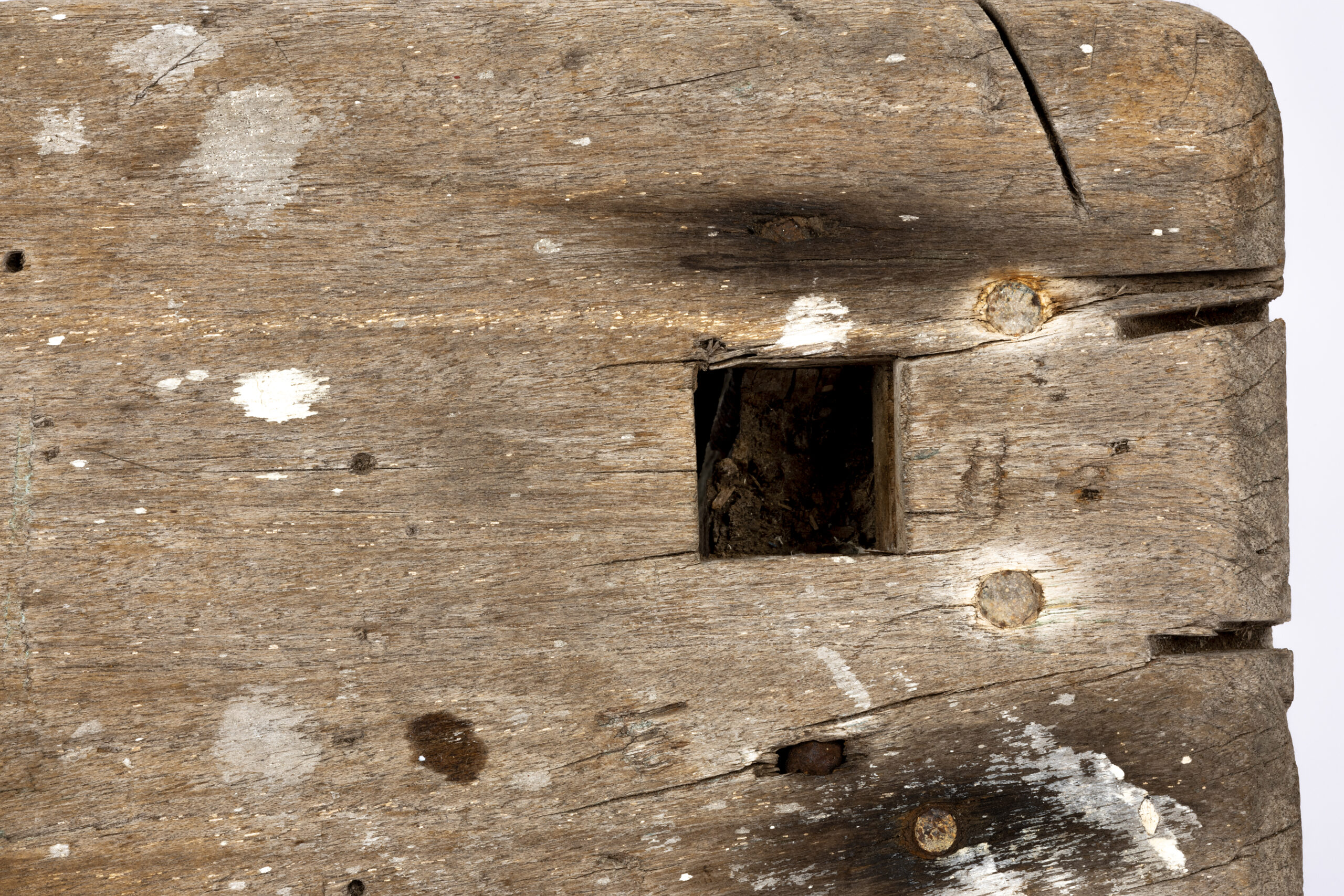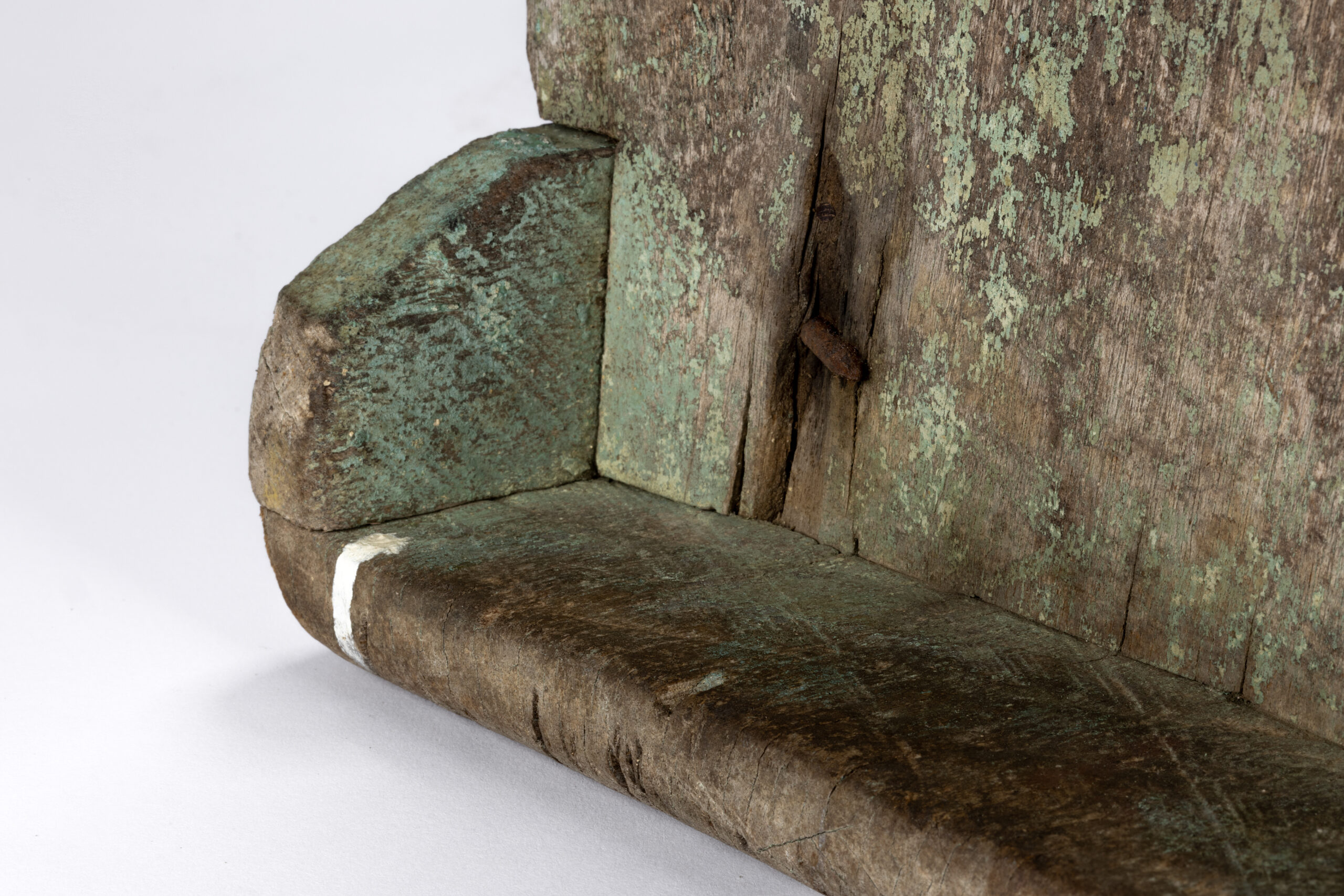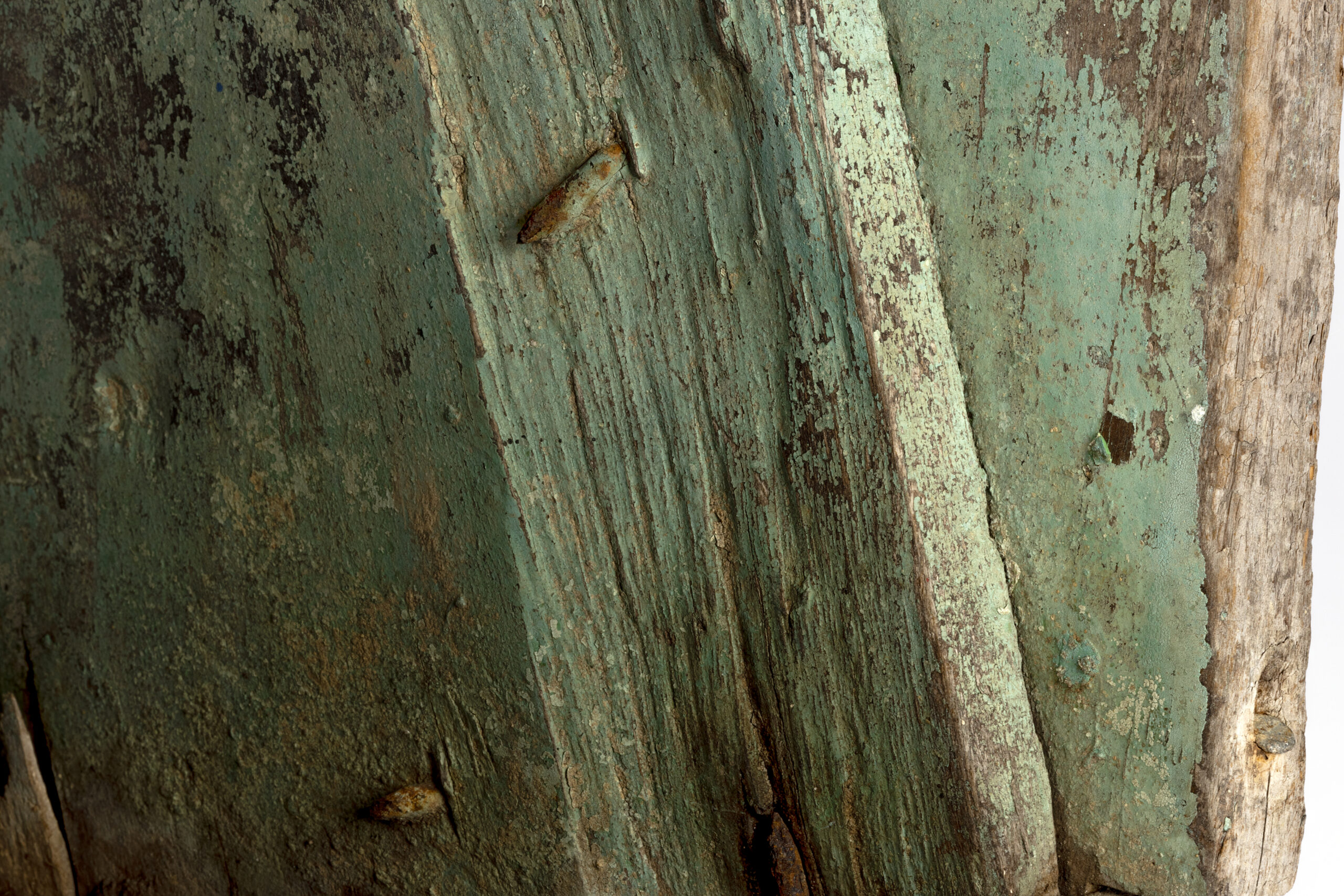Prickly to Pristine
How Dairying Arrived at Woody Head
Prickly pear (Opuntia stricta) was first planted in Australia in 1788 at the instruction of Governor Phillip as a food source for the insect used to produce red dye for the uniforms of British soldiers. However, by the mid-1920s, the invasive weed had spread far beyond its original industrial use to 24 million hectares – 10 million of which were abandoned by farmers – throughout NSW and QLD.
So, when Henry (1862-1957) and Christina Hammond (1875-1965) were given a lease for roughly 380 acres around the way from Iluka in 1921 (between Woody Head and The Bluff) there had to be some conditions. Namely, they were required to eradicate the infestation of prickly pear that affected the area while preserving vegetation along the coastline.
At first, Henry lived alone and worked to remove all the noxious weeds while building a family home. Reportedly reaching as high as seven metres tall in some areas, he buried any prickly pear three feet underground to prevent it from regrowing. By 1923, Christina and his four children were finally able to move into their new home on workable land.
Ten years later, three of his sons now held leases of their own at Woody Head and had become best known in local papers for the success of their fishing business, ‘Hammond Bros.’ However, they weren’t only fisherman.
Thanks to the efforts of their father and the broader impact of later government initiatives that introduced two bug species (a cochineal bug, Dactylopius opuntiae, and a moth, Cactoblastis cactorum), the spread of the weed was controlled and the Hammonds were also able to trade as dairy farmers.
Rain, hail, or shine, someone from the family would get up at 7am most mornings for milking time and sit on this stool made by Charlie Hammond (1912-2002). One family member recalled that the milk was pasteurised in an enamel billy on their fuel stove while the cream was beaten into butter. With plenty of dairy to go around, they would sell any excess in town or to campers visiting the area.
Today, the land that the Hammonds lived and worked on is now part of Bundjalung National Park and Iluka Nature Reserve – a World Heritage-listed site.


